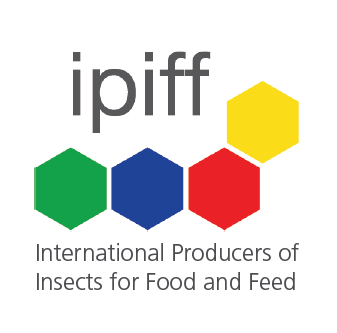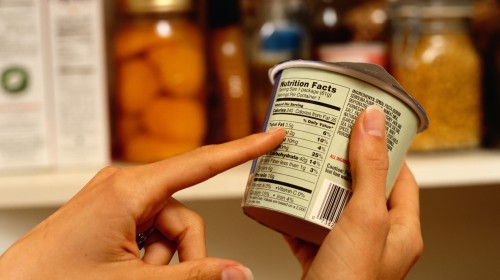IPIFF, the International Platform of Insects as Food and Feed, has recently published a document with concerning the labelling of insects-based food products, in order to help FBOs commercializing their products. Based on EU Regulations 1169/2011 (FIC, Food Information to Consumers) and 1924/2006 (NHCR, Nutrition and Health Claims Regulation), this document clarifies how to interpret and apply the legislation about conveying information to insects-based products consumers.
Firstly, the information on the label, the advertisement and the way of presenting (i.e. packaging shape/material) insects-based products should not be misleading. Notably, the information should not either attribute to the product effects or properties it does not possess; nor assign exclusivity to characteristics owned also by other kinds of food products, or suggest preventive/healing properties (see art. 7, par. 1-4, Reg (EU)) 1169/2011). For example, an insect bar containing flower of crickets bred in a North European and having on its packaging tropical images will be misleading. Similarly, a nuts plus cricket’s bar advertising its content in vitamin E will be misleading: vitamin E is naturally contained in nuts, hence it is not a distinct property of that particular food product.
Furthermore, the general indications cited at articles 7 and 13 of FIC concerning the mandatory details to provide to the consumer (i.e. name of the food, list of ingredients and allergens, country of origin or place of provenance, nutrition declaration, etc.), along with the way these mandatory information has to be presented (i. e. writing dimension and visibility) should be applied to insects-based food products. Still, a relevant clarification for edible insects has to be done about the name of food. To date, there is neither any legal name nor any specific provision relating to insets’ denomination; yet, legal requirements will probably appear when some insects’ species will be added to the Novel Food list. Currently, it may be appropriate to use a descriptive name providing the consumer a clear idea about the nature of the product with its ingredients.
According to FIC, a QUID (Quantitative Indication of Ingredients) is required if an ingredient (or category of ingredients) appears in the name of food or is emphasized through words or images in the label, but also if it is fundamental to characterize a food product. In most cases, for insects-based products, insects’ presence is in some way mentioned on the label, so the QUID must shall be indicated (as a percentage). QUID is not required If the product is made of insects exclusively (single ingredient product).
As per the list of allergens, according to FIC, there is no doubt that the labelling should mentioned the possible presence of traces of allergens originating from the feeding substrate ingested by insects or from other ingredients contained in the same product. Currently, there is not any scientific evidence confirming insects’ potential to cause allergies. Anyway, being insects the sister group of crustaceans, and having the same exoskeleton composition, it is recommended to include a warning on the label that indicates the similarity of the allergenicity of insects and of crustaceans, and further recommends referring to allergy to dust mites as well.
An FBO has to decide case-by-case to mention or not on the label the country of origin or place of provenance of the food. For example, if a cereal bar was produced in France but contains a percentage of crickets’ flour bred in Belgium, it shall be indicated that the crickets come from Belgium, or that they do not come from France, in the case in which on the packaging there is some mention to France.
Moreover, the Directives about distance selling should be taken into account, especially because distance selling on digital platform is the most common way of marketing/selling edible insects-based products. On the website, the FBO must indicate all the mandatory details (as per Article 9), with exception for the ‘use by’ date. In case of a non-prepacked item, it is always required to list the allergens, while the provision of the remaining mandatory information depends on Member State legislation where the FBO operates.
An operator that works in the supply chain of an insects-based product has the same responsibilities he should have for other kinds of products.
Finally, the Regulation NHCR about the use of claims should be applied in the same way for insects-based food products.
An operator that works in the supply chain of an insects-based product has the same responsibilities he should have for other kinds of products.
Finally, the Regulation NHCR about the use of claims should be applied in the same way for insects-based food products.
Maria Clemente






